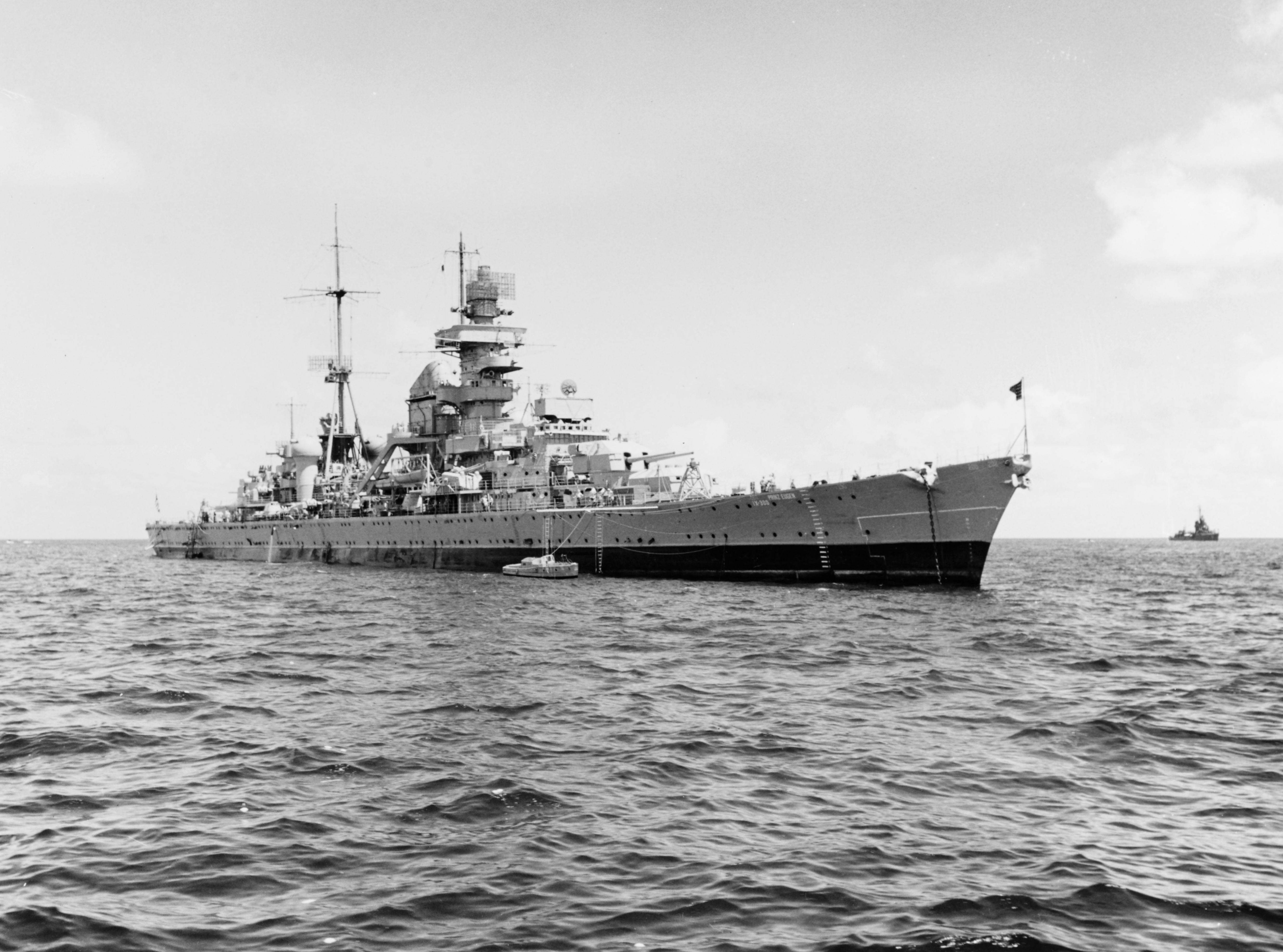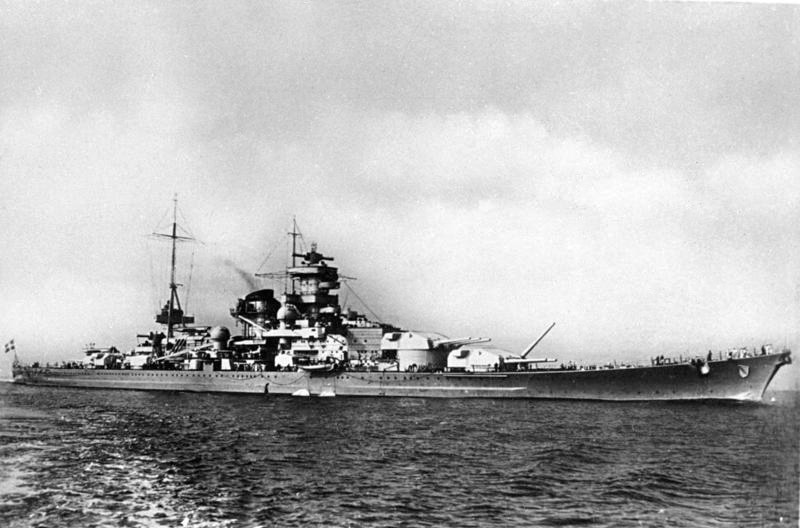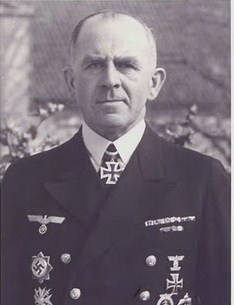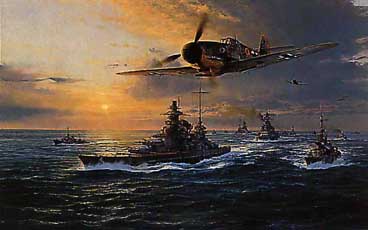
On this day, the German battleships Gneisenau and Scharnhorst, as well as the heavy cruiser Prinz Eugen, escape from the French port of Brest and make a mad dash up the English Channel to safety in German waters.




The Gneisenau and Scharnhorst had been anchored at Brest since March 1941. The Prinz Eugen had been tied to the French port since the Bismarck sortie in May 1941, when it and the battleship Bismarck made their own mad dash through the Atlantic and the Denmark Strait to elude Royal Navy gunfire. All three were subject to periodic bombing raids--and damage--by the British, as the Brits attempted to ensure that the German warships never left the French coast. But despite the careful watch of British subs and aircraft, German Vice Admiral Otto Ciliax launched Operation Cerberus to lead the ships out of the French port.




The Germans, who had controlled and occupied France since June 1940, drew British fire deliberately, and the Gneisenau, Scharnhorst, and Prinz Eugen used the resulting skirmish as a defensive smoke screen. Six German destroyers and 21 torpedo boats accompanied the ships for protection as they moved north late on the night of February 11.



In the morning, German planes provided air cover as well; ace pilot Adolf Galland led 250 other fighters in an unusually well coordinated joint effort of the German navy and Luftwaffe.



The British Royal Air Force also coordinated its attack with the Royal Navy Swordfish squadron, but a late start--the RAF did not realize until the afternoon of February 12 that the German squadron had pushed out to sea--and bad weather hindered their effort. All three German warships made it to a German port on February 13, although the Gneisenau and Scharnhorst had been damaged by British mines along the way.




The British lost 40 aircraft and six Navy Swordfish in the confrontation, while the Germans lost a torpedo boat and 17 aircraft. The "Channel Dash," as it came to be called, was extremely embarrassing to the British, as it happened right under their noses. They would get revenge of a sort, though: British warships sunk the Scharnhorst in December 1944 as the German ship attempted to attack a Russian convoy. The Gneisenau was destroyed in a bombing raid while still in port undergoing repairs, and the Prinz Eugen survived the war, but was taken over by the U.S. Navy at war's end.


Taken from: http://www.history.com/this-day-in-history/the-channel-dash [11.02.2014]

No comments:
Post a Comment